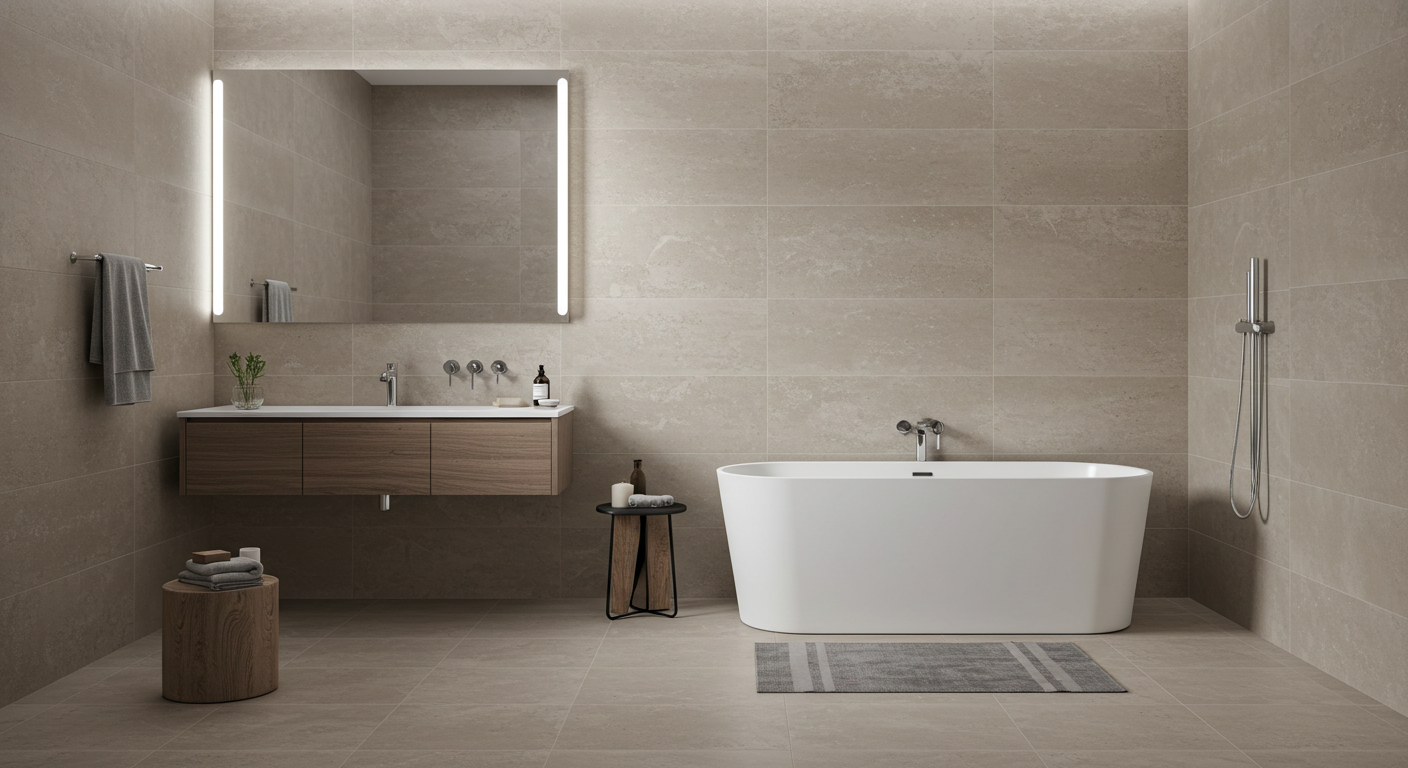Welcome to the exciting world of Sodiceram, where innovation meets artistry in ceramic technology! If you think ceramics are just for pottery classes or grandma’s china, prepare to have your mind changed. Sodiceram is revolutionizing how we view and utilize ceramics in various industries. This cutting-edge material offers incredible strength, versatility, and aesthetic appeal that traditional ceramics simply can’t match.
In this complete guide, we’ll explore what exactly Sodiceram is, how it’s made, its numerous benefits, and the many applications it serves today. Whether you’re a design enthusiast or a curious consumer looking to learn more about this fascinating material, you’re in the right place. Let’s dive deeper into the remarkable properties of Sodiceram and discover why it’s capturing attention worldwide!
How is Sodiceram Made?
Sodiceram is crafted through a meticulous process that combines innovation with traditional ceramic techniques. The journey begins with the selection of high-quality raw materials, primarily comprising silica, alumina, and various additives.
Once the ingredients are gathered, they undergo precise mixing to achieve a uniform consistency. This blend is then shaped using advanced molding technologies, allowing for intricate designs and structures.
After shaping, the pieces are subjected to controlled drying conditions. This step ensures that moisture evaporates evenly to prevent cracks during firing.
The real magic happens in the kiln. Here, temperatures soar to over 1,200 degrees Celsius. This intense heat fuses the materials together while enhancing their durability and strength.
After cooling down slowly in a carefully regulated environment, sodiceram products emerge ready for use—showcasing remarkable resilience and aesthetic appeal that sets them apart from conventional ceramics.
Benefits of Sodiceram
Sodiceram offers a range of advantages that set it apart from traditional ceramics. Its lightweight nature makes it easier to handle, transport, and install in various applications.
The material boasts superior durability, resisting chips and cracks better than conventional options. This longevity means less frequent replacements and repairs, saving time and money over the years.
Additionally, Sodiceram exhibits excellent thermal resistance. It can withstand extreme temperatures without compromising its structural integrity. This feature is particularly beneficial for kitchenware or outdoor products exposed to varying heat levels.
Another key advantage is its aesthetic appeal. Available in an array of colors and finishes, Sodiceram allows for creative design possibilities that cater to modern tastes.
This innovative ceramic is non-toxic and environmentally friendly. The manufacturing process minimizes waste while ensuring safety for users and the planet alike.
Applications of Sodiceram
Sodiceram is making waves across various industries due to its versatile nature. In the construction sector, it serves as an innovative alternative for tiles and bricks, offering both aesthetic appeal and durability.
In the world of art, artists are embracing Sodiceram for sculptures and pottery. Its unique texture allows for intricate designs while maintaining structural integrity.
Moreover, the medical field has begun exploring its potential in creating dental ceramics and prosthetics. The material’s biocompatibility makes it a strong candidate for long-lasting solutions.
Additionally, Sodiceram finds applications in electronics. It can be used in insulators, capacitors, and even as a substrate material due to its excellent insulating properties.
With such diverse uses spanning multiple sectors, Sodiceram continues to showcase its value beyond traditional ceramic materials.
Comparison to Traditional Ceramics
When comparing Sodiceram to traditional ceramics, several key differences emerge. Traditional ceramics often rely on natural clay and involve lengthy firing processes. This can lead to variability in quality and performance.
Sodiceram, on the other hand, uses advanced materials that enhance durability. Its production involves innovative techniques that yield a more consistent product. This uniformity is beneficial for both manufacturers and consumers.
Another notable distinction lies in weight. While many traditional ceramic items are heavy, Sodiceram offers a lightweight alternative without sacrificing strength or integrity.
Additionally, the aesthetic versatility of Sodiceram sets it apart. It can achieve an array of finishes and colors that may be difficult with conventional methods.
These factors make Sodiceram not just a replacement but an evolution in ceramic technology, appealing to modern needs and preferences.
The Future of Sodiceram
The future of Sodiceram looks promising as innovations continue to unfold. Researchers are exploring new formulations that enhance its properties even further. This could lead to improvements in durability and versatility.
Sodiceram’s eco-friendly potential is also gaining attention. As sustainability becomes a priority across industries, this ceramic innovation aligns perfectly with the demand for greener materials. Its production process can be optimized to reduce waste and energy consumption.
Additionally, advancements in technology may open doors for custom applications. 3D printing with Sodiceram could revolutionize design possibilities, allowing creators to push boundaries like never before.
As more industries recognize the benefits of this material, we may see it integrated into various sectors—from architecture to art installations—transforming how we think about ceramics altogether.
Conclusion
Sodiceram represents a significant advancement in the world of ceramics. Its unique manufacturing process and innovative properties offer benefits that traditional ceramics simply cannot match. With its durability, versatility, and aesthetic appeal, Sodiceram is making waves across various industries.
As more people become aware of its advantages, we can expect to see increased applications in everything from construction to art. The future looks bright for this ceramic innovation as it continues to evolve and adapt to meet the needs of modern society.
Whether you’re an architect looking for materials or a designer searching for something fresh, Sodiceram may just be what you have been seeking. Keep an eye on this material; it’s likely going to change how we think about ceramics moving forward.

